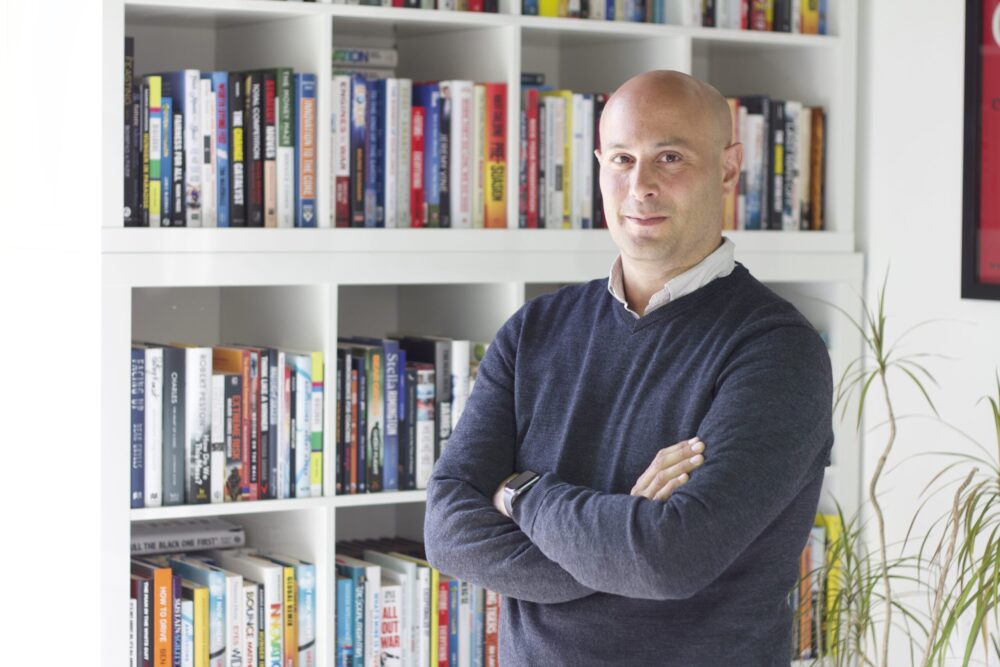Nick Gold: A year of remote working for a culturally led team

Nick Gold, MD of Speakers Corner shares his experience of a year’s remote working
Conversations in the business world are focussed on the future of the workplace and creating a balance between office and remote working is being discussed and debated. However, an area that seems to have been side-lined is the instillation of the company culture into the remote workforce.
There is no doubt that values and purpose were front and centre for most companies, but retrospectively looking at them now, we can understand how these were disseminated by the C-Suite to their teams and were used as words to justify strategy, rather than values to live by.
The companies, and their leadership teams, who integrated their values and purpose into their culture and communications, were seen as flag bearers and visionaries in the business world, aspirational to many rather than a necessity. The last 18 months has progressed the ideal that culture with values and purpose that is embedded within the employees is a prerequisite of growth and success for any company.
But as we have fully adjusted to remote working, and while we look forward to some return to face-to-face contact with our colleagues and our clients, the challenge for both the leadership and employees of a company with a culture that they are proud of it is how is this maintained, fostered, and cultivated in this remote environment. There are no doubts that one of the hallmarks of a successful team is the shared focus and pride in delivering their shared goals and so every company with aspirational goals and a culture they are proud of should be challenging themselves about leading their team in this virtual world.
Over the last year my experience of instilling and maintaining the culture of Speakers Corner, both in employees who have been working exceptionally hard in extreme circumstances, while also navigating the personal journey of the pandemic, but also in the induction of a new team member, has been a steep learning curve. Twelve months of virtual team meetings and interactions, I distil my key learnings into two elements, give it time and trust your team.
I was a firm believer that when leading a meeting where there are distinct issues being addressed, you should be clear in your head of the possible outcomes and work through the scenarios as best as you can, so you are prepared and able to react to the moment within the moment. The virtual platform does not lend itself to free-flowing conversation, everyone is more considerate of speaking over each other and the person leading the meeting has to be even more attuned to ensure everyone has a voice.
But in the case of the team meeting, which might now be the one chance a week for everyone to see each other together, where there might be specific issues or information that needs to be discussed or relayed, giving it time is critical. Ultimately, the culture and the ‘vibe’ comes not from the successful discussion of the particular issues that needs to be addressed but rather in the casual conversation that might occur as people enter the room, that the most critical parts of the meeting are when the conversation meanders off into a seamless thought process between colleagues.
This is when the magic happens virtually, replicating the physical bonding experiences we have while eating lunch, going for a walk, or meeting at the water cooler. The team meeting must be seen as a moment in time when we can enjoy each other’s company, get to know anyone new and just immerse themselves in what they enjoyed when they were together in person. Judging that and balancing alongside the ‘technical’ part of the meeting when information is shared, and learnings are discussed, is a balancing act which is critical to the maintaining and improvement of the culture.
If you know that the team enjoy their workplace, take pride in being part of the company they work for, then trust the team that they don’t want to lose that as much as you don’t. They will come up with the ideas and suggestions as to what is needed to keep the culture that they enjoy and want to be part of thriving.
As a leader, you are not the owner of the culture, you don’t dictate it and lead it, but it is a platform that you are part of along with your colleagues. My biggest learning curve over the last year as we have moved to remotely working alongside each other at Speakers Corner is fundamentally, we enjoyed ourselves together as a team, we will continue to enjoy ourselves as a team, and we understand that the ups and downs, even in this virtual world, create the shared experiences that binds us together.





